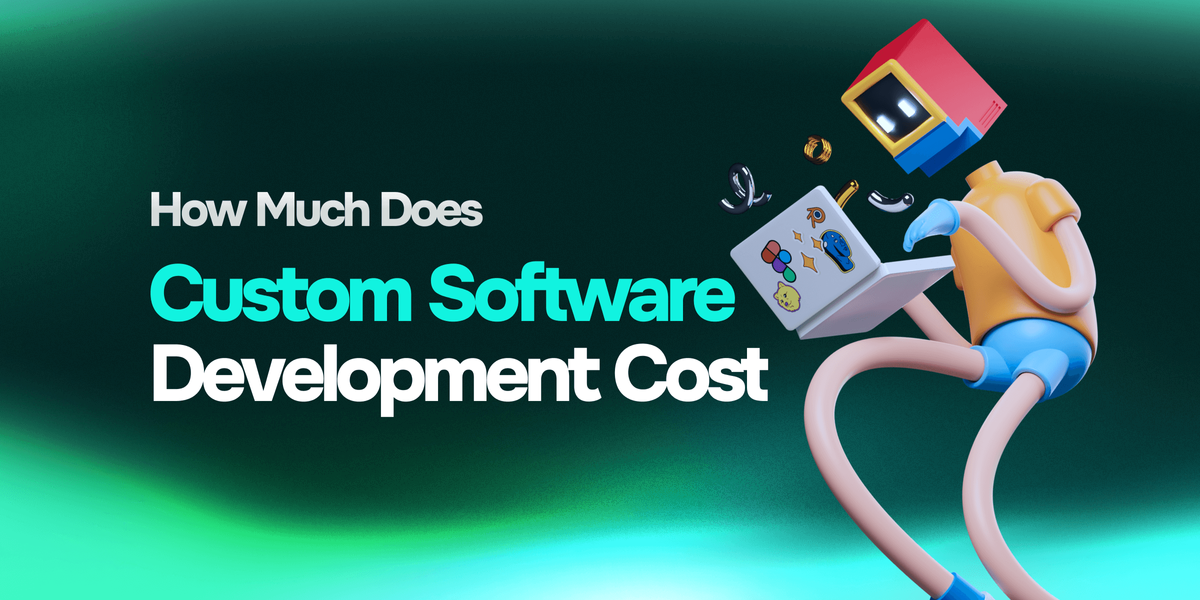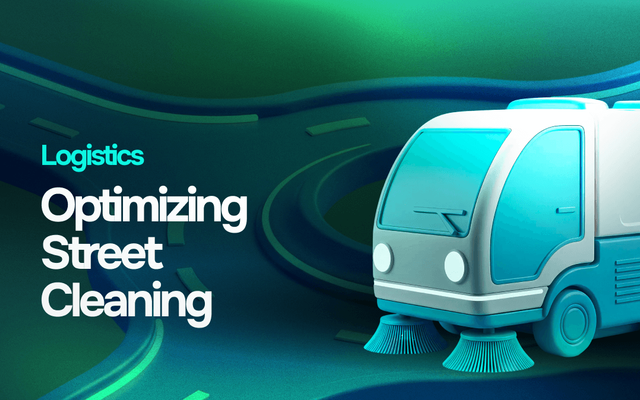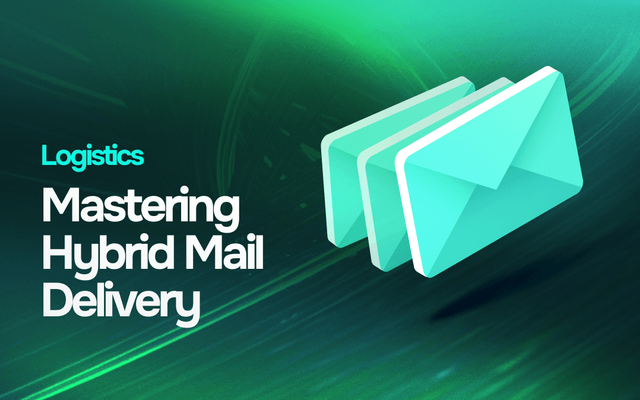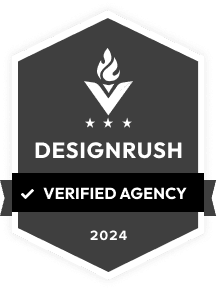
Ever wondered how much custom software development costs? It's one of the first questions I get asked during client calls. While there's no one-size-fits-all answer, this article will explore the factors that influence the cost and offer strategies to help you manage your budget.
The Challenge of Estimating Costs
When you approach a software agency for a quote on the first call, they can give you a number. However, when it comes to custom applications, that number is rarely accurate and it won't help either you or the software outsourcing company. The ideal solution is a software product discovery workshop where you can share more precisely what you want to build and what is important for your business. Although it won't guarantee a perfect estimate, it will get you much closer.
How to Reduce the Cost?
Compared with the question from the title of this article, not so many clients are asking how to reduce the cost of software development. Probably because many of the day-to-day services we are using, don't offer this possibility and they consider that in software is the same.
The answer is that there are many ways of reducing the cost. This is why, even though we are not asked, during the discovery workshop, we recommend how the cost can be reduced. The strategies of lowering the cost might be applied to both enterprise companies and startups.
Reducing the cost of custom software development requires strategic planning. Here are a few methods:
Prioritization: Conducting a product discovery workshop will help you identify all the features, estimate the time needed, and decide which features to include in your Minimum Viable Product (MVP). This is a crucial step in cost reduction.
Keep It Simple: Known as KISS (Keep It Simple Stupid), this principle suggests simplifying features for the MVP. Focus on what's essential, and save the extras for later. Don't worry, if you keep the features that differentiate your product from the competitors, they will use it. There are good strategies for communicating this to the users and making them involved in the process of including the next features in the product roadmap.
Try No-Code Technologies: No-code technologies come with limitations but can significantly reduce costs for the MVP, sometimes by 50% or more. However, this decision should be made post-discovery workshop to ensure the selected features and future requirements can be implemented.
Use Third-Party Services: Leveraging third-party services can save you months of development time and thousands of euros. Though they have limitations, choosing the right service can ensure a safer, more bug-free solution than building from scratch. Make sure the chosen third-party service aligns well with your project needs.
Strategies for Effective Budget Management
You don't need to be an expert to manage your budget effectively. You just need to know very well who is your customer and what problem do you solve to that customer. Based on that you can prepare an effective budget for development.
Here are some key actions that might help you besides the ones from above:
Prioritize Features: Focus on must-have features for the MVP and defer nice-to-have features to future updates.
Regular Reviews: Conduct regular reviews and adjust the project scope as needed to stay within budget.
Collaborate Closely: Maintain open communication with your development team to ensure alignment on goals and expectations.
Plan for the Long-Term: Consider future scalability and maintenance costs to avoid unexpected expenses down the road.
Launching checklist: Prepare a must checklist that will help you to follow the progress of the app not just in terms of technical features. You can find some tips in this article From Planning to Launching: Checklist for App Development
And one more recommendation here is to have a budget buffer. It doesn't matter how much time we will spend on planning, there will always be some new requests from the early users or new technology trends that will be required to be developed.
Wrapping Up
Custom software development costs can vary widely, but understanding the factors involved and adopting strategic measures can help you manage your budget more effectively. Start with a product discovery workshop, simplify your MVP, consider no-code technologies, and use third-party services to reduce costs. By prioritizing features and maintaining clear communication with your development team, you can ensure a successful and cost-effective project.







